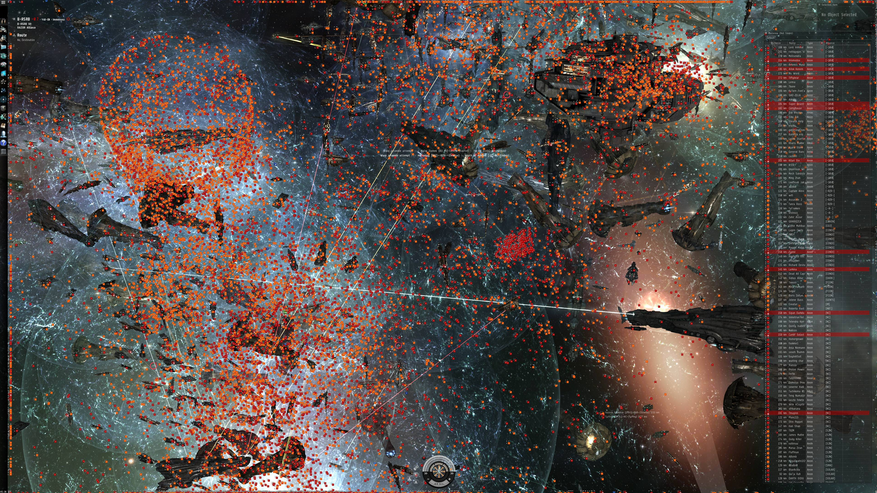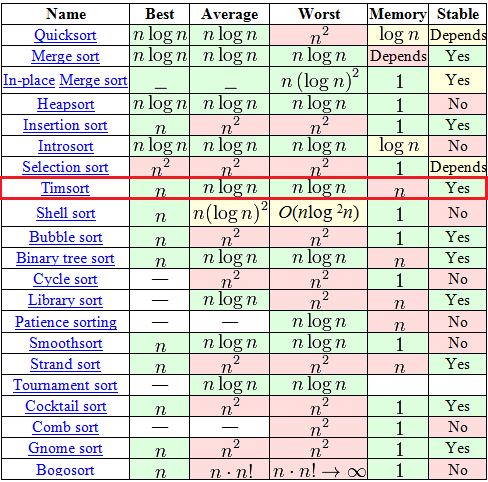Несколько дней назад в интернете появилась новость о самой масштабной битве в игре EVE Online, в которой было уничтожено кораблей на
300000 долларов. Многим оказалось интересно, как в какой-то битве в онлайн игре можно потерять столько денег. Но, большинство текстов про эту эпических масштабов битву написано языком, в котором не играющему в EVE Online человеку понятны лишь предлоги и матерные слова. Пару дней назад я наткнулся на
очень интересную статью, где всё произошедшее описано очень простым и понятным языком.
Данный пост является переводом этой статьи, плюс, я насобирал немного дополнительной информации и красивых картинок, чтобы не было скучно. Так что, если вы хотите узнать что же там всё-таки произошло, кто в итоге потерял
300 тысяч долларов, как русские надрали всем задницы, что это такое на картинке, и вы готовы вечером потратить немного своего времени, заходите под кат.























